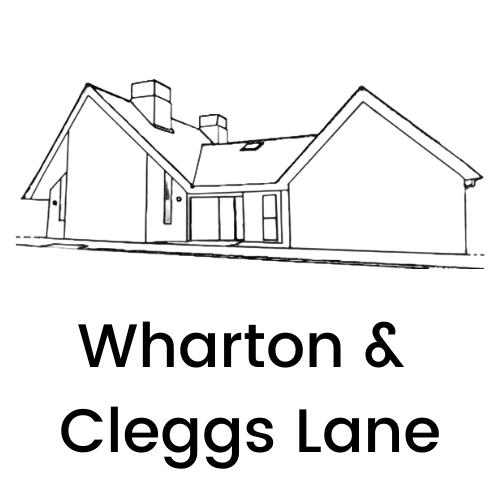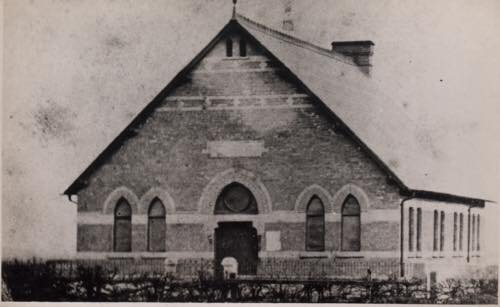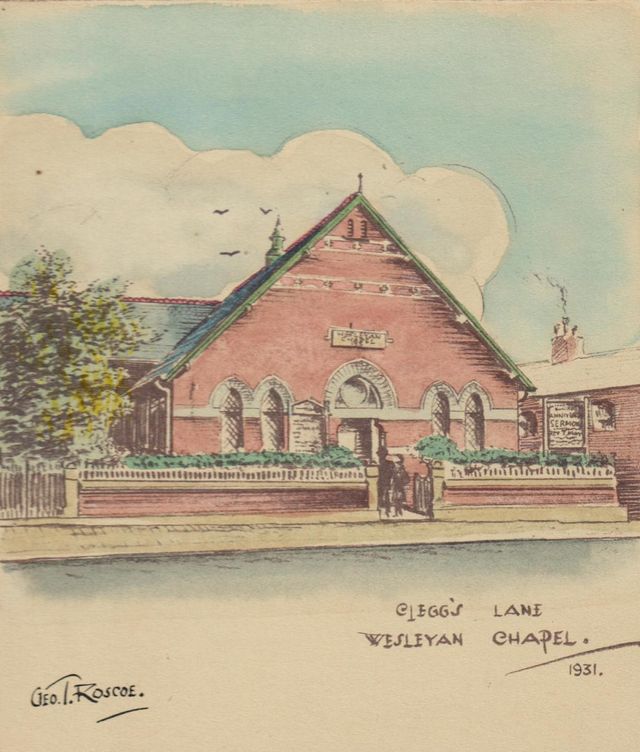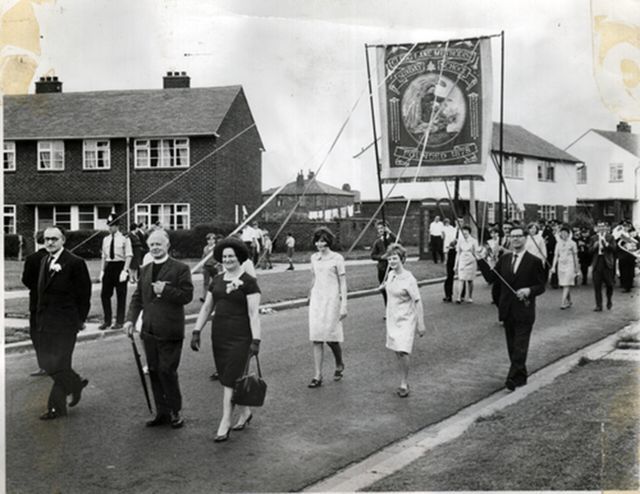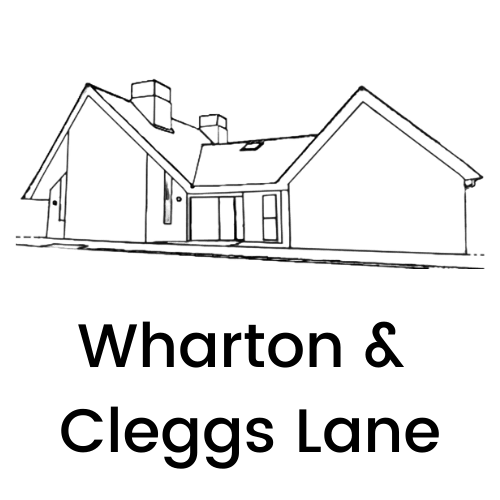Cleggs Lane Methodist Church
A group of people at the Walkden Wesleyan Church, Manchester Road East, was concerned that Methodism should be introduced to the Streetgate area of Little Hulton. They met together on 19th April 1875 in the infant schoolroom at Walkden Wesleyan Church, and decided to open a Sunday School and Mission in a room over Johnson Hodgkiss' shop at Hanging Bank, Manchester Road West.
The room had previously been used by the Primitive Methodist Church who had left behind some Bibles and other equipment and it was decided to purchase these from Johnson Hodgkiss for 5 shillings. . The Mission Room was opened on November 28th, 1875, with 16 scholars and by the end of December the number had risen to 33.
In these early days of the Church, a very popular kind of gathering was the Tea Meeting. It was a very flexible kind of meeting which, obviously from its name, centred around tea but could also include a business meeting and entertainments of various kinds as well as speeches. New Year's Day seems to have been a favourite time for these gatherings and on 1st January 1876 the first Tea Meeting was held in the Mission Room.
On 19th July, 1876, the Teachers’ Meeting resolved that “we feel convinced that we are in want of a better place and that this meeting pledges itself to use all means in its power to get better accommodation.”
It would appear that the plans for a “cottage church” on Streetgate were abandoned for some reason for nothing more was done until 28th June, 1877. It was agreed that a deputation should go to see Mr Bold Aldred to tell him that they wished to build a School Chapel and later that year, William Hardman was authorized to try and get some land in Clegg’s Lane for the purpose of building the School Chapel. Mr Joseph Pennington was approached and asked to draw up plans and gave an estimate for the new building which they wanted to be 36 feet wide and 60 feet long. This was to incorporate pews in the centre and classes down each side. An account written in 1928 for the fiftieth anniversary gave the estimated cost as £700.
As 1878 dawned there was an average attendance of 32 in the morning and 45 in the afternoon. The first brick was laid at the beginning of May, 1878, and a report stated that by June the new school-chapel was nearing completion. The building was helped by the young men of the church, who dug out the foundations, thereby saving the church a great deal of money.
The opening ceremony took place on 31st August 1878 by Richard Twemlow – “who preached an excellent sermon.” After the opening there followed the inevitable Tea Meeting presided over by Mr Cussons of Manchester and there were speeches made by Revs G Latham, J Brannon and F Hilton, as well as by Messrs Thomas Briggs, James Bennett, William Hardman, James Owen and Bold Aldred. No mention ismade of how long the meeting lasted, but one can imagine that it must have gone on for some considerable time! The amount raised at the opening was £57-0s-6d.
The women of the church helped furnish the new building, which now housed 120 scholars with about two dozen teachers.
With the passing of time, the growth of the work suggested that another building was necessary and so on 8th May 1886 foundation stones for the school adjoining the church were laid by Mr George Cussons of Manchester and Mr Edward Davies of Stoneclough. The school was opened on Saturday 14th August, that same year with a service in the Chapel followed by tea in the School. The cost of the new building was around £420.
Various means were used to raise money to wipe off the debt incurred by the new buildings, including the issue of 1d subscription cards throughout the school.
The amount of the debt was high and must have seemed insurmountable at times. In 1892 the debt on the school and church amounted to £650 and so it was decided to hold a grand bazaar in 1893. Robert Leake M P was the opener and it must have been some affair for the amount raised was an incredible £319-10s-0d. Two years later another bazaar was held and the remainder of the debt cleared off.
In 1921 the field alongside the church was purchased. After a lot of hard work the derelict land was transformed into a beautiful recreation ground consisting of a cricket pitch, two tennis courts, croquet lawn and bowling green. The church no longer possess the sports fields, but the rear of the church has been transformed into beautiful gardens.
The first organ was installed in 1894 before which time a harmonium or a string band accompanied the singing. This was replaced by a second organ, which was installed in 1936 and was the only pipe organ in the Farnworth & Worsley Methodist circuit. After 84 years of service, this much loved organ was played for the last time at the final service in the old church building in February 2020 before the building was demolished to be replaced by the new church that stands on the site today.
The church has always played an active part in its community. For many years it took part in the Whit Walks each year with all the excitement of bands and crowds turning out to watch. Many people also spent hours preparing for and performing in the numerous concerts, plays and light operas held at the church and the church bazaars and annual flower festival were enjoyed by many in the church and community alike.
As with many churches at the end of the 20th Century, however, Cleggs Lane Methodist Church began to see a decline in the number of members attending it and had begun to consider closure, until the suggestion to form a local partnership with Wharton United Reformed Church was made. After much prayerful deliberation the two churches agreed to form a local ecumenical partnership and became Wharton and Cleggs Lane Church and Community Centre in 2015. A lot has happened since then to make the church what it is today.
Since forming the partnership with Wharton United Reformed Church, Wharton and Cleggs Lane Church and Community Centre has become well known for its Community Cafe, Foodbank, community allotments, nature trail, Men's Shed, befriending scheme and brass band concerts and is also used regularly by local community groups, sports clubs and Local Authority Organisations.
As the church and community centre looks forward to beginning a new era in a new building it aspires to be a church that places the community at the heart of all it does, sharing its faith in practical ways and welcoming all.
